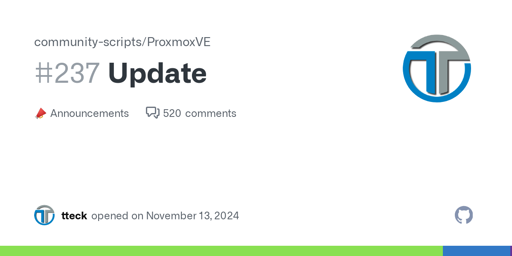

Have a look at Agent DVR. Works locally and the “pro” features that one would need to pay for are basically just Plugins. Everything else works nice without it. Additionally it accepts basically everything you throw at it camera wise and is far easier to configure than frigate, also has a (good) HA integration and is extremly mighty if your system grows over the years.
The mobile app is nice, but it also works fairly well in a browser on mobile.






You’re so right. I mean…I used to work with people who were K9 handlers and anyone who even brought his dog in a situation that would allow direct contact would be scrutinised. Repeatly? You are no longer a K9 handler and probably no longer a officer.K9 training is expensive and a handler who let’s that happen would not be in control obviously. But training here is done on a state level (we have no local law enforcement in my neck of the woods), regulated on a national/federal level and passive signaling is preferred these days anyway.
So… As you said… Even a dog getting an OD would be so crazy here it would probably make national news if the media got wind of it.
Crazy.